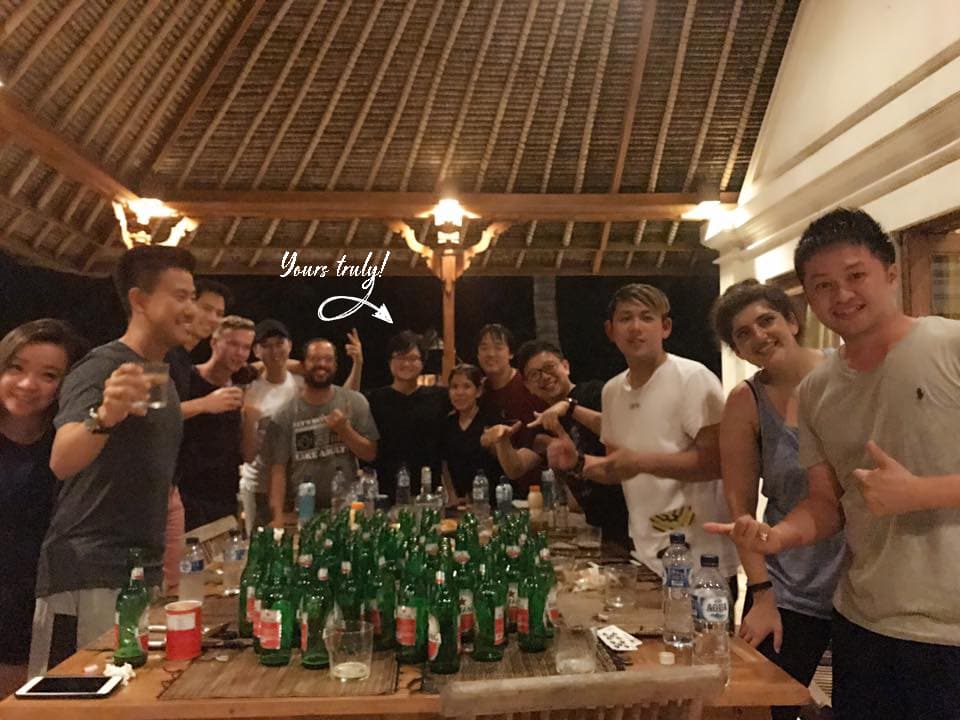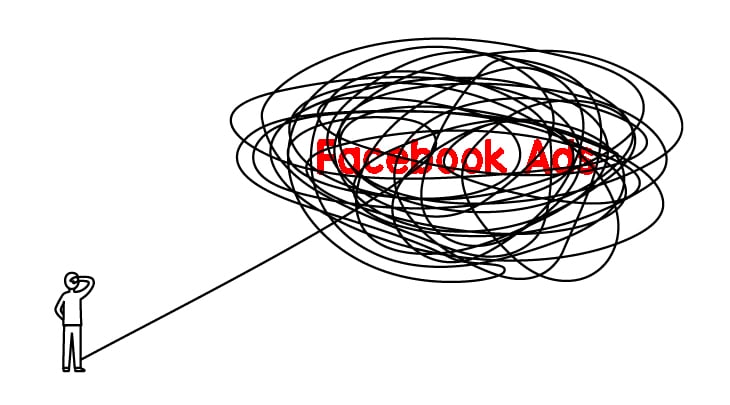
Before we dig deep into Facebook Ads, I’d like to write about what they are and their current status.
This is really important. If you plan to skip this bit, don’t.
Some people have never used paid traffic, so let me share some of my stories to give you a glimpse of what you’ll see when you start doing it.
First, Paid Traffic is unlike Free Traffic.
Previously, we focused on selling products on marketplaces like Amazon or Etsy using the Low Hanging method.
In this method, we just have to launch many products, optimize the product titles, keywords, and descriptions.
Then we wait for a while to let Amazon or Etsy evaluate the SEO performance of the products.
If your product and keyword combinations in the product title, keywords, and descriptions are good, the marketplaces will reward you with a good ranking and send people to your product’s landing page.
If your product is what people are looking for, your product will sell, Amazon or Etsy will reward you with better rankings, and you’ll be able to make even more sales.
You have to put in time to list products and do some SEO tinkering to earn Free Traffic.
The main benefit of Free traffic is that you don’t have spend much money up front to make money.
The more products you publish to the marketplaces, the better your chances of generating traffic and sales for your store.
Prior the recent Mother’s Day and Father’s Day, I was making lots of sales from Amazon and Etsy with free traffic.
One of my products was one of the top two best-selling novelty coffee mugs on Amazon for about two weeks. This product alone sold over 300 units per day.
But free traffic still has some drawbacks. The main one is that we have to be patient. We can’t just optimize our titles and keywords and get instant results.
We have to wait for Amazon or Etsy to evaluate the changes we make before they re-rank our products in the marketplace.
Another drawback is that free traffic is shared with many others.
When people search for something in the marketplace, even if your product is in the first position, other products that share your traffic will in the next positions.
People might prefer a product lower down in the ranking, so you won’t make a sale even if your product is sitting at the top of the page.
Also, even if people visit your product’s page, they will see the ‘related products’ section, which contains other people’s products. Potential buyers might see this section and choose to buy other people’s products, not yours.
So, when I find that any of my products are selling well on the marketplaces, I’ll immediately scale them using paid traffic to maximize my sales.
I don’t rely only on free traffic. I know I can make lots more sales by scaling the winning products using Facebook Ads.
Anyway, paid traffic is much different from free traffic. You have to trade your money for the traffic.
It’s fast and easy to get people to your product’s page. You don’t have to do any SEO and wait for the traffic.
Basically, you have to pay money to get people to visit your website.
But it’s risky, because we might not make any sales if we target the wrong people or our product is not what people want.
There are three main factors you have to be concerned about when you want to run a successful paid traffic campaign:
- Having a winning product.
- Targeting the right audience.
- Your ad copy.
The most important thing is the Winning Product.
Back in 2017, I attended Don’s Mastermind in Bali. At that time, I had a problem with selling eCom products using Facebook Ads.

I paid around $4,000 to attend this mastermind, because I wanted to learn and ask Don about his Facebook Ads Strategy.
This is what Don told me.
“Facebook Ads are EASY, man! You just have to launch new products every single day. Set up your Production Flow and launch new ads every day.”
At first, I didn’t understand what he was saying. I went to Bali and expected to learn his Don’t Use Facebook Ads Strategy. But his FB Ads strategy was very simple, and I later learned that it’s very effective.
He focuses mostly on Production Flow.
When I returned to Thailand, I set up a team with four of my friends. We just followed Don’s advice: “Set up the Production Flow.”
We’ve had a team doing product research and launching new products every day since then.
One of my friends and I are responsible for advertising. We create the FB ad campaigns for every product.
We’ve found many winning products that have made us millions in sales. We found that Facebook Ads are actually the easiest part, just like Don had told us in Bali.
In the next two months after the mastermind, our team has generated over a million a month in sales.
If you have a winning product, you’ve already completed 80% of the picture.
The targeting and the ads are not difficult. If your product is a winner, even bad targeting or bad ad copy will generate sales.
There’s the ad copy I used to sell over 10,000 coffee mugs this past Father’s Day:
Funny Father’s Day Mug From Daughter!
Get yours here => LINK
Limited Time Only
This item is NOT available in stores.
The image in the ad was just a plain coffee mug on a white background.
My target audience for this coffee mug were women, 18-45 years old, worldwide, who were interested in Father’s Day.
That’s it.
You can see there was nothing fancy in the ad copy or the audience settings.
This is because my product was a winning product. People had already made a decision to buy or not after seeing the product image in the ad.
Please note that this method is for selling print-on-demand products only. This ad copy might not work for other kinds of products like online courses or other big-ticket stuff.
On the other hand, if your product is not what people want, even if you find the right target audience or write really good ad copy, it will still be difficult to make sales.
The Winning Products Screener I showed you in the previous module can help you filter out the products that people don’t want and find products that people are more likely to buy.

The sale stats from the marketplaces will let you know which products people like to buy. You can try to sell those products using paid traffic.
This way, you will have a higher chance of building a successful paid traffic campaign.
But you still need to test it. Not all products that sell well in the marketplaces will sell well via Facebook Ads.
That’s the first thing you need to know. Having a Winning Product is the most important thing if you want to run a successful Facebook Ads campaign.

Another important tip: Facebook Ads are NOT stable compared to other traffic sources.
They are actually the most complicated paid traffic I have used.
If you start running a campaign, wait at least 24 hours before evaluating its performance. Sometimes, it starts out really well. You might get a conversion after you spend the first $5.
Don’t get happy and write a Facebook post like, “Just got one sale after spending $5 on ads. This is gonna be the Unicorn!”
At the end of the day, you might still have only one sale after spending $30 in total.
Sometimes, you might find your ad works really well on the first day, gives you ZERO conversions in the next two days, and works great again the next day.
That’s the nature of Facebook Ads. They are not really stable or consistent, even if you have winning products.
The winning products I promoted for Mother’s and Father’s Day had bad days as well. But overall, they performed great and made me lots of profit.
You have to monitor the performance of your campaign often if you want to maintain a good ROI.
Anyway, even if it’s quite complicated and difficult to understand, we can’t deny that FB Ads are one of the biggest traffic sources we can use to generate sales.
Okay, that’s all I want you to know about Facebook Ads. In short, it’s not that difficult to use, just complicated. :)
In the next three units, we’ll start learning about testing and scaling your product using Facebook Ads. We’ll start with testing, soft scaling, and aggressive scaling.
Ready? Let’s continue.